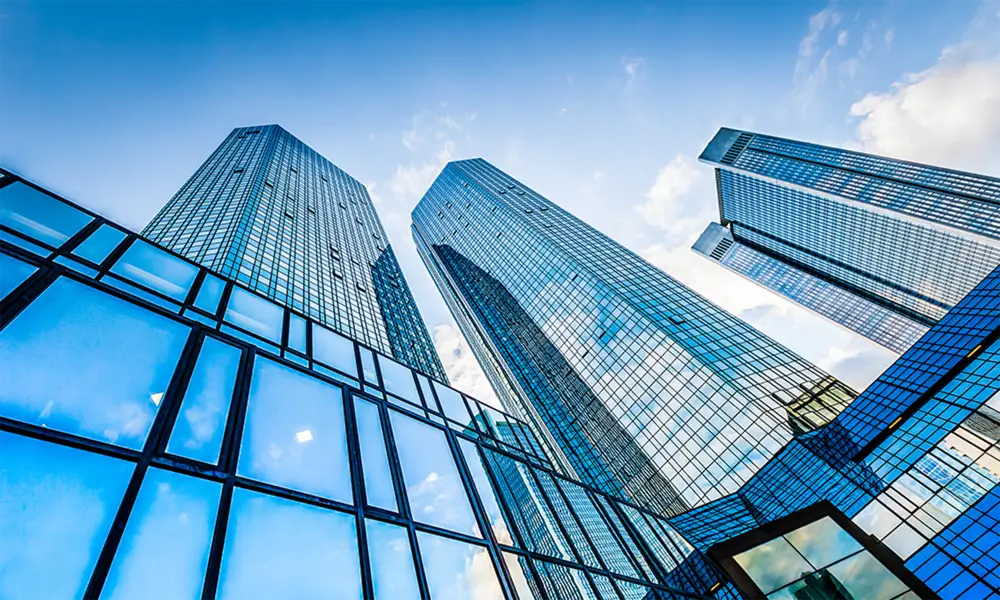

Colored float glass, an innovative and aesthetically pleasing material, has gained popularity in architecture, interior design, and art installations. This type of glass is created using the float glass process, which involves melting raw materials such as silica sand, soda ash, and limestone, and then floating the molten glass on a layer of molten tin. This technique not only results in a smooth, flat surface but also allows for the incorporation of color, achieved through the addition of various metal oxides during the melting process.
The visual appeal of colored float glass is one of its most significant advantages. The vibrant colors can be customized to fit specific design needs, ranging from deep blues and greens to warm reds and yellows. This versatility enables architects and designers to create striking facades, windows, and partitions that can complement their overall design vision. Additionally, the translucence of the glass allows natural light to filter through, creating dynamic spaces that change with the time of day and the season.
In architectural applications, colored float glass can serve functional purposes beyond aesthetics. For instance, it can be treated to enhance its thermal performance, helping to reduce energy costs in buildings. Additionally, when used in facades, it can contribute to glare reduction while still allowing daylight to illuminate interior spaces without compromising privacy.
In interior design, colored float glass is often used for decorative elements such as splashbacks, tabletops, and artwork. Designers appreciate its ability to transform spaces, adding a sense of luxury and modernity. The reflective quality of float glass also aids in creating the illusion of more space, making it an excellent choice for smaller areas.

Beyond typical applications, artists have embraced colored float glass as a medium for sculpture and installation art. The interplay of light and color can result in stunning visual effects that captivate viewers. By combining traditional techniques with modern technology, artists can explore new creative avenues, pushing the boundaries of glass as an art form.
Sustainability is another important aspect of colored float glass production. Many manufacturers are increasingly focused on eco-friendly practices, including recycling waste materials and reducing energy consumption during the production process. As designers and consumers alike become more environmentally conscious, the demand for sustainable options in building materials continues to rise, positioning colored float glass as a forward-thinking choice.
In conclusion, colored float glass is not just a functional material; it's an artistic expression that combines beauty with performance. Its versatility and sustainability make it a valuable asset in contemporary design, appealing to both architects and consumers who seek to merge aesthetics with practicality.